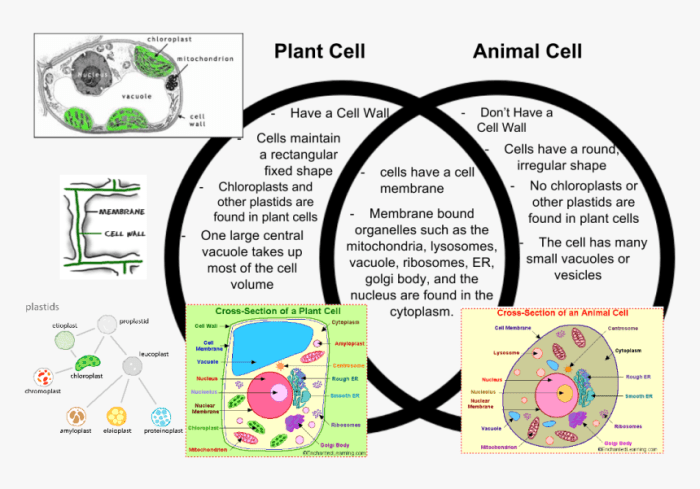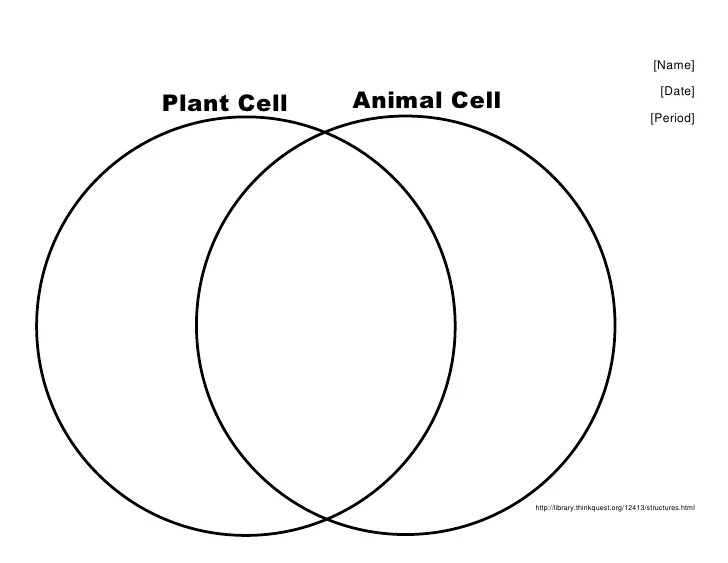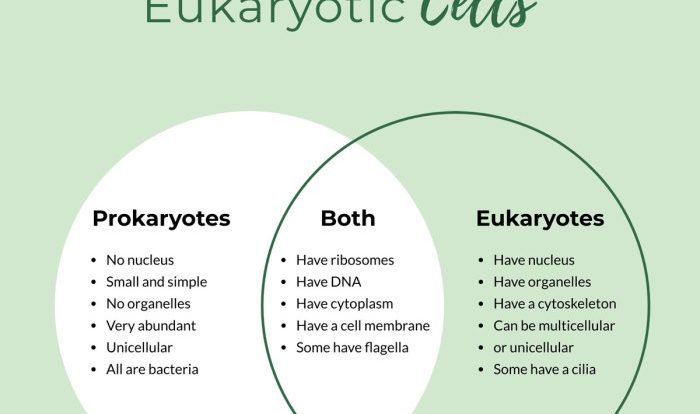The venn diagram of animal cell vs plant cell presents a comprehensive analysis of the structural and functional distinctions between these two fundamental units of life. By comparing their organelles, cell division processes, energy production mechanisms, cell walls, and communication strategies, this diagram offers a deeper understanding of the diverse adaptations that enable animal and plant cells to thrive in their respective environments.
Cell Structure

Animal and plant cells share some basic structural features, including a cell membrane, cytoplasm, and nucleus. However, there are also some key differences in their organization and function.
| Organelle | Animal Cell | Plant Cell |
|---|---|---|
| Cell membrane | Thin, flexible layer that controls the movement of substances into and out of the cell | Thin, flexible layer that controls the movement of substances into and out of the cell, and also provides support and protection |
| Cytoplasm | Jelly-like substance that fills the cell and contains all the organelles | Jelly-like substance that fills the cell and contains all the organelles, and also contains chloroplasts |
| Nucleus | Large, round organelle that contains the cell’s DNA | Large, round organelle that contains the cell’s DNA, and also has a nuclear envelope |
| Cell wall | Absent | Thick, rigid layer that surrounds the cell membrane and provides support and protection |
Cell Division
Animal and plant cells divide in different ways. Animal cells undergo mitosis, while plant cells undergo both mitosis and meiosis. Mitosisis a type of cell division that produces two identical daughter cells. It occurs in both animal and plant cells.
The process of mitosis can be divided into four stages: prophase, metaphase, anaphase, and telophase. Meiosisis a type of cell division that produces four daughter cells, each with half the number of chromosomes as the parent cell. It occurs only in plant cells.
The process of meiosis can be divided into two stages: meiosis I and meiosis II.
| Process | Animal Cells | Plant Cells |
|---|---|---|
| Type of division | Mitosis | Mitosis and meiosis |
| Number of daughter cells | Two | Four |
| Number of chromosomes in daughter cells | Same as parent cell | Half the number as parent cell |
Energy Production

Animal and plant cells produce energy in different ways. Animal cells use cellular respiration to break down glucose and produce ATP, while plant cells use photosynthesis to convert sunlight into ATP. Cellular respirationis a process that occurs in the mitochondria of animal cells.
It involves the breakdown of glucose, a type of sugar, to produce ATP. ATP is the energy currency of the cell and is used to power all cellular activities. Photosynthesisis a process that occurs in the chloroplasts of plant cells.
It involves the conversion of sunlight into ATP. ATP is then used to power all cellular activities, including the production of glucose.
Cell Wall

Plant cells have a cell wall, while animal cells do not. The cell wall is a thick, rigid layer that surrounds the cell membrane and provides support and protection. It is made up of cellulose, a type of carbohydrate.The cell wall is essential for the survival of plant cells.
It provides support and protection, and it also helps to regulate the movement of water and nutrients into and out of the cell.
Cell Communication
Animal and plant cells communicate with each other in different ways. Animal cells use signaling molecules, receptors, and gap junctions to communicate, while plant cells use plasmodesmata to communicate. Signaling moleculesare chemical messengers that are released by cells to communicate with other cells.
They bind to receptors on the surface of other cells, which then trigger a response inside the cell. Receptorsare proteins that bind to signaling molecules. When a signaling molecule binds to a receptor, it triggers a response inside the cell.
Gap junctionsare channels that connect the cytoplasm of two cells. They allow molecules to pass between cells, which enables cells to communicate with each other. Plasmodesmataare channels that connect the cell walls of two plant cells. They allow molecules to pass between cells, which enables cells to communicate with each other.
Cell Specialization: Venn Diagram Of Animal Cell Vs Plant Cell
Animal and plant cells can specialize to perform specific functions. For example, muscle cells in animals are specialized for movement, while root cells in plants are specialized for absorbing water and nutrients. Muscle cellsare long, thin cells that are filled with myofibrils.
Myofibrils are made up of proteins that can contract and relax, which allows muscle cells to move. Root cellsare long, thin cells that have a large surface area. This allows them to absorb water and nutrients from the soil.
Questions Often Asked
What are the key differences between animal and plant cells?
Animal cells lack a cell wall and chloroplasts, while plant cells possess both. Additionally, animal cells typically have centrioles, which are absent in plant cells.
How do animal and plant cells divide?
Animal cells undergo mitosis and meiosis, while plant cells undergo mitosis, meiosis, and cytokinesis.
What is the role of chloroplasts in plant cells?
Chloroplasts are responsible for photosynthesis, the process by which plants convert sunlight into energy.
